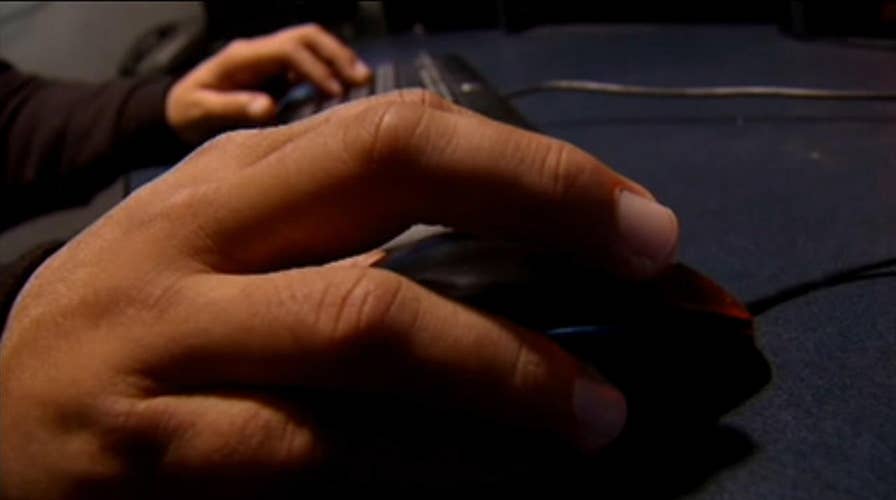What is net neutrality?
A vote by the Federal Communications Commission on December 14, 2017 will decide the fate of net neutrality. But what is it?
Some net neutrality supporters are urging Congress to use a little-known procedural tool to overturn a recent Federal Communications Commission (FCC) decision called the “Restoring Internet Freedom Order” that removed Depression-era regulations on the internet. But this is a misguided approach that would curb internet investment and innovation by saddling it with outdated rules that have been proven to hurt consumers.
Net neutrality is the idea that all traffic on the internet should be treated equally, so that some companies could not pay to get faster internet access to better serve the public. It is based on the discredited premise that heavy-handed government regulation will do a better job than the free market to serve the interests of consumers.
Rather than relying on a legislative loophole that has almost no chance of passing, Congress should instead ensure a free and vibrant internet through real legislation that permanently enshrines clear consumer protections, while respecting that a more hands-off approach has allowed the internet to flourish.
In December the FCC voted to repeal Title II regulations on the nation’s broadband networks, which were applied back in 2015 under the Obama administration. Title II rules were created during the 1930s to regulate the young telephone industry like a utility, long before the internet was even imagined. The rules make no sense for governing a modern, globally connected broadband industry.
The results of the policy imposed in 2015 were disastrous. Private investment in broadband infrastructure fell by more than $4 billion, leaving difficult-to-connect rural areas even more disconnected than ever.
Nevertheless, internet activists and some lawmakers have decried the repeal as an “end to the internet as we know it” – despite the FCC’s requirement that internet services providers make their open internet policies available to the public. And despite the overheated rhetoric, there’s no evidence that internet service providers have ever blocked or throttled consumer access to content.
Now these same lawmakers and activists have embarked on a quest to overturn the FCC’s December order by using what’s known as the Congressional Review Act (CRA).
The CRA, which was established in 1996, gives Congress a short window to repeal a federal agency rule after it is officially published in the Federal Register. Because the FCC’s Title II order was only officially published Feb. 22, it is still vulnerable to repeal by CRA.
The CRA requires only a simple majority in each chamber of Congress to pass – meaning that lawmakers can essentially sidestep any real debate in Congress and circumvent any public input. Because of the backdoor appearance of utilizing the CRA, it has been rarely used.
While activists have used the CRA as a rallying cry recently despite little chance of passing, the reality is that it won’t “save the internet,” as supporters have breathlessly claimed.
A CRA repeal would only perpetuate the endless regulatory back-and-forth over current internet rules. The Republican-led FCC would simply pass new rules that achieve the same result as the original order, while a future Democratic-led FCC could simply repeal those rules.
Such frequent policy changes would only create a regulatory cloud over the broadband industry, stifling new investment and innovation that benefits American consumers in the meantime.
The internet has become an indispensable tool for Americans, offering pathways to personal economic growth, health care services and connecting them to a global marketplace.
It was the FCC’s misguided Title II order in 2015 that started to limit the internet’s possibilities. Congress should take action that ensures consumers can continue to access the content they want, while preventing the regulatory overreach that led to Title II rules being slapped on the internet.
Rather than “Chicken Little” rhetoric and legislative loopholes, we need commonsense congressional action that can permanently preserve a free and open internet and spark renewed investment that brings high-speed access to more Americans.
The solution isn’t a CRA repeal back to Title II regulations. Instead, we need to permanently enshrine the light-touch regulations that made the internet one of history’s greatest achievements of innovation and ingenuity.

